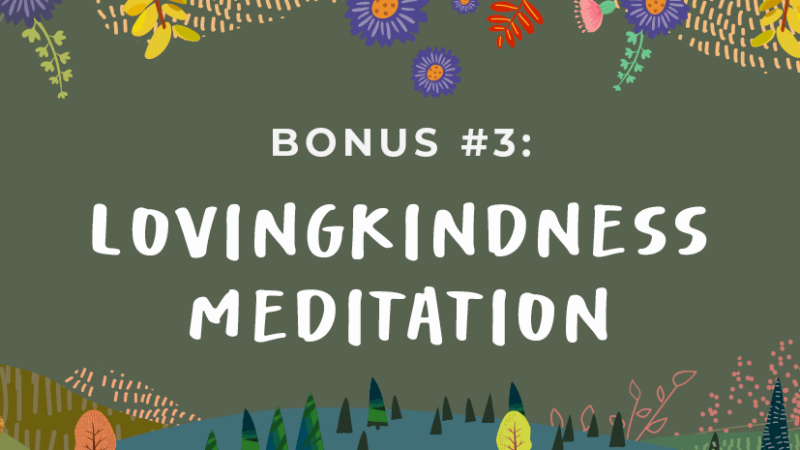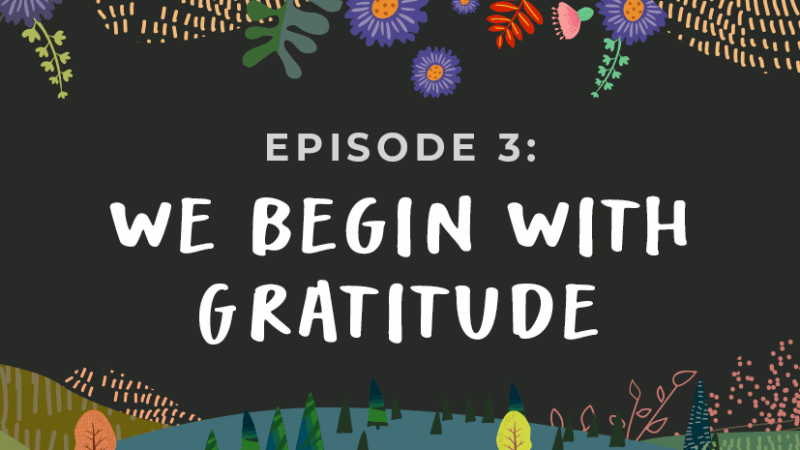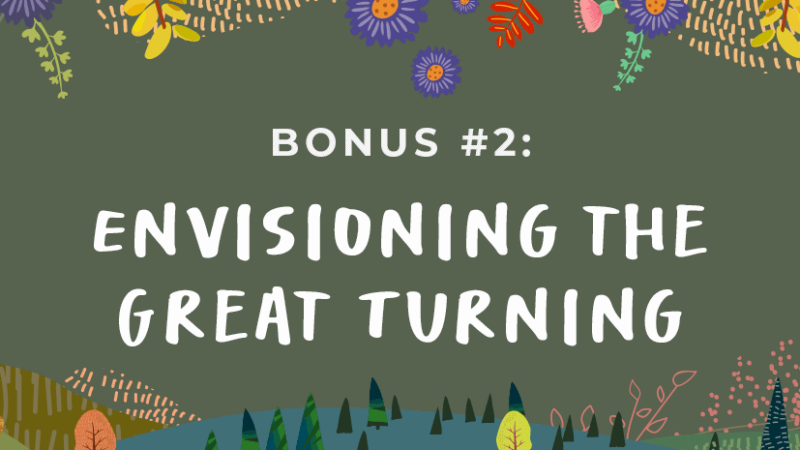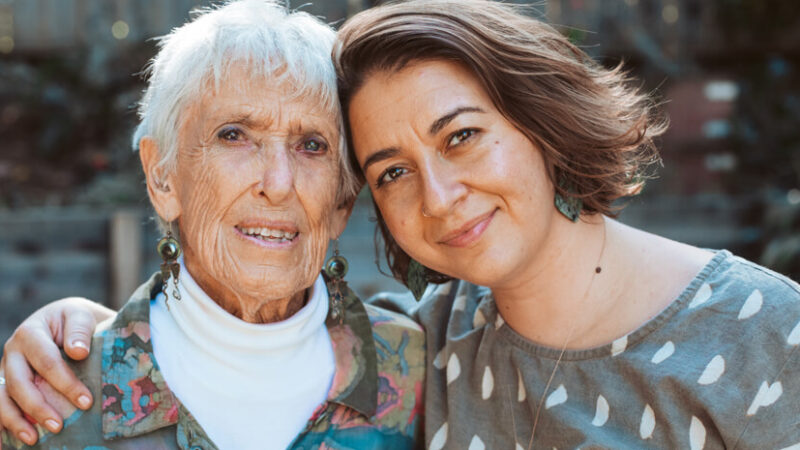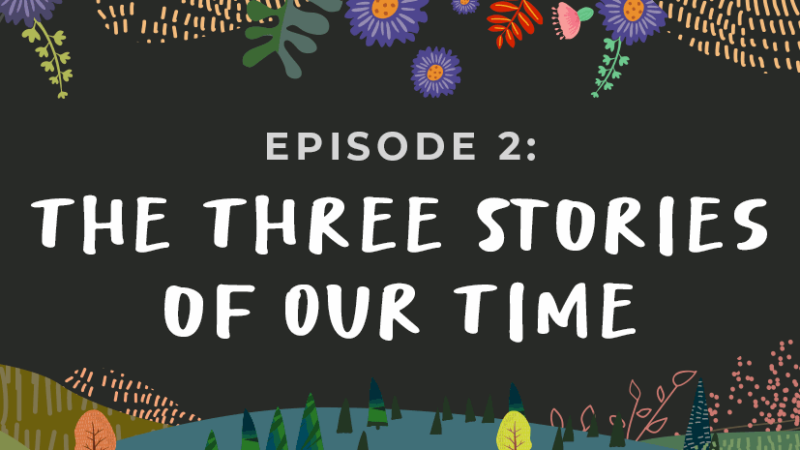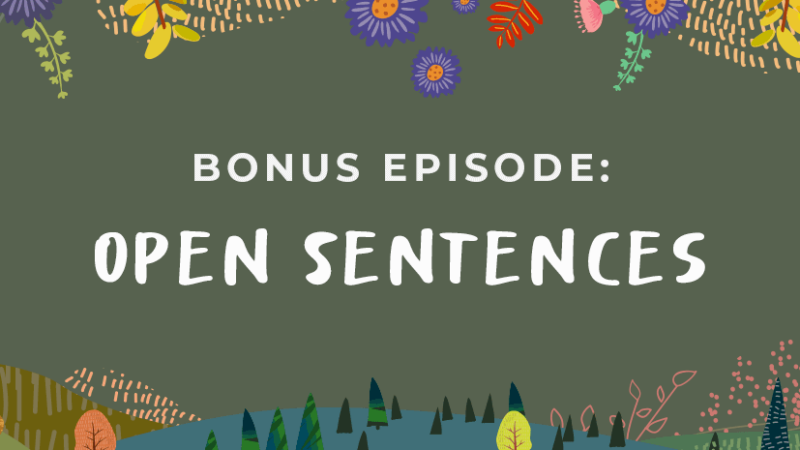Ep 3 Bonus: Lovingkindness Meditation
This bonus episode will support you to take the main insights from Episode 3, “We Begin with Gratitude,” deeper into your life.
In Episode 3, we talked about how in the Work That Reconnects we always start with gratitude, because it gives us the strength to speak the truth and act in service of life.
Lovingkindness meditation is a simple and powerful way to feel and express our gratitude and love for our world.
All you need to do this bonus exercise is a quiet place where you can meditate. We hope you’ll do this exercise with someone else, so that you can talk together about your experience after you finish.
We recommend starting a podcast club with friends or family to do these practices together. Links and assets to help prompt reflection and build community can be found with every episode on WeAreTheGreatTurning.com.
